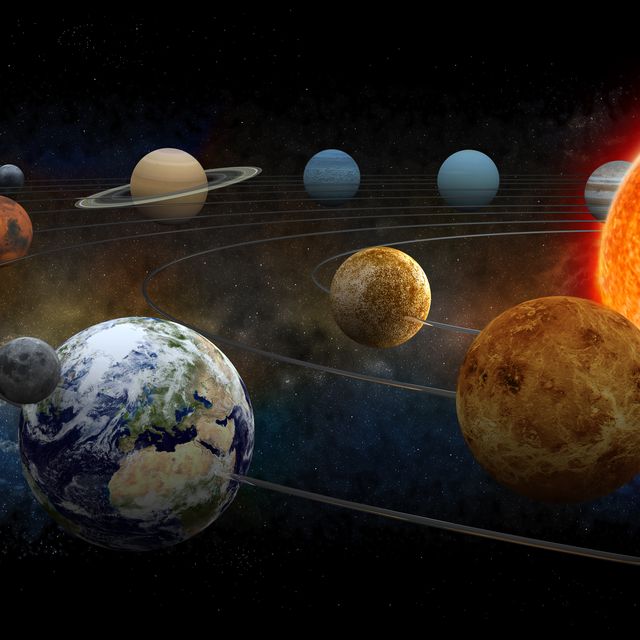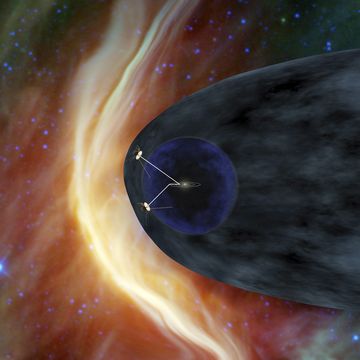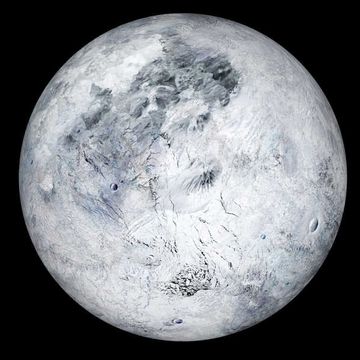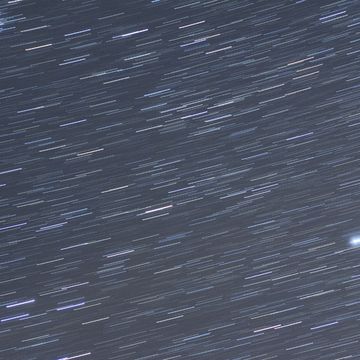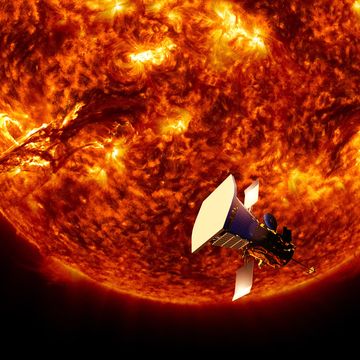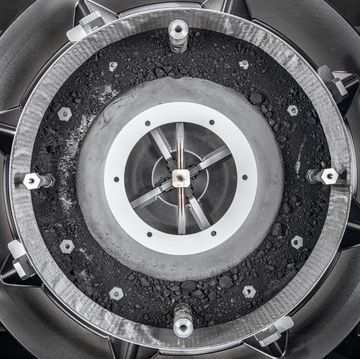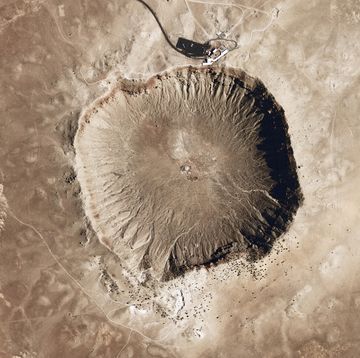- The solar system started with an initial rotational direction and has maintained it for 4.6 billion years.
- To make a planet reverse its path around the sun, something massive would have to force it into an altered orbit through its gravity.
- Astronomers have found planets around other stars with retrograde orbits, which move in the opposite direction of their stars’ rotation.
If you could go back 4.6 billion years, you would see a time before our solar system even existed. But space wouldn’t be empty—you would encounter a cloud of gas and dust in place of our sun and the planets. This “solar nebula” was once the rich source of gas and dust that molded our solar system. Nebulas are the end result of a star’s death throes, as the star explosively casts off all of its material. They’re also the nursery for new stars and their attendant planets, and can help explain why all of our planets orbit in the same direction.
🌌 You love our badass universe. So do we. Let’s explore it together.
Our modern explanation of the solar system’s creation goes like this: a shock wave from a nearby star going supernova initiated the collapse of our solar nebula. When the nearby giant star exploded, high-energy particles blasted the nebula, causing pockets of matter and gas to collapse.
From there, a gravitationally-powerful central point formed, around which the rest of the condensing cloud whirled. The pressure of the core forced hydrogen atoms to combine and form helium, releasing a tremendous amount of heat and light, gobbling up more than 99 percent of the available matter in the cloud. To make a very long story short, the center of the collapsing nebula became our sun and the rest of the matter clumped together to form our familiar planets, moons, and other rocky bodies, such as asteroids.
As the solar nebula collapsed, the matter within began to spin faster under its own gravity. Due to conservation of angular momentum—the velocity of rotation of an object around a central axis—the rotational speed of the cloud increased, and it flattened out. Think of pizza dough flattening into an enlarging disk as it’s tossed. Because the cloud had an initial rotation, this same direction of spin has persisted; for the most part, the planets have retained their positions along the same orbital plane, according to astronomers. Venus and Uranus experienced more turbulence at some point. Astronomers think the movements of Jupiter and Saturn, which also moved farther out from the sun, affected these two smaller planets and altered their movements.
The original rotational direction was random. When viewed from above the sun’s north pole, the solar system’s orbital plane could have started spinning either clockwise or counterclockwise. It turns out that we all travel around the sun in a counterclockwise manner, but there’s nothing inherently special about that.
Our planets (and their accompanying moons) revolve around the sun in the same direction the sun rotates. Yet, some comets and asteroids do travel around the sun in retrograde orbits—opposite of the sun’s rotation—because their relatively small masses make it easier for larger space objects to pull them away from their original directions.
To reverse a planet’s orbit would require a tremendous energy expenditure or a close encounter with another planet. Alternatively, a distant, planet-sized space object could exert its own gravitational force to counteract the home star. For example, the exoplanet Kepler-2b, a gas giant orbiting a star over 1,040 light-years from us, was possibly perturbed into a tilted and elongated orbit by a large gravitational force, possibly due to another planet. The tilt effectively flipped over Kepler-2b’s orbit. Jupiter has done something similar to asteroids in our solar system. Neptune’s moon, Triton; Saturn’s moon, Phoebe; and the Carme moons of Jupiter also have retrograde orbits around their planets.
Before joining Popular Mechanics, Manasee Wagh worked as a newspaper reporter, a science journalist, a tech writer, and a computer engineer. She’s always looking for ways to combine the three greatest joys in her life: science, travel, and food.
